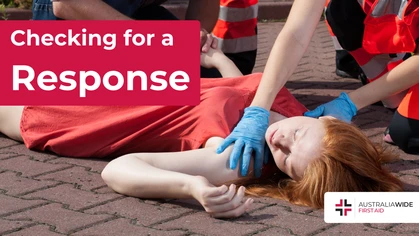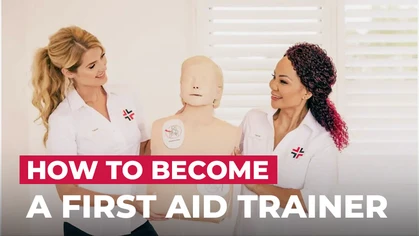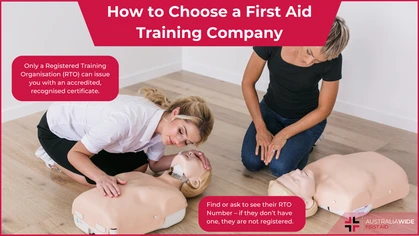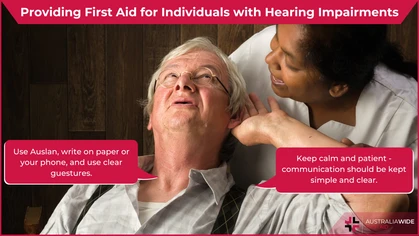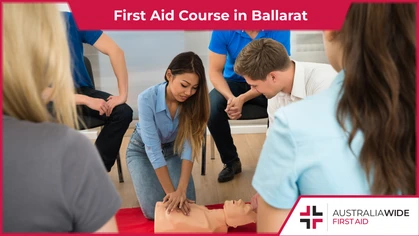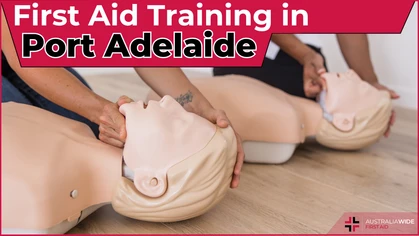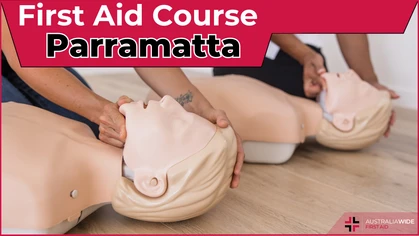6 Common First Aid Mistakes and How to Fix Them

First Aid Training

Time-sensitive emergencies can place enormous stress on even the most effective first aider and cause them to make mistakes. We've written this article to help you understand the dos and don'ts of common first aid procedures, and protect the casualty from further harm.
Whether it's a minor injury or a life-threatening situation, administering first aid can save lives and prevent further harm. However, the high pressure situation can place enormous stress on the first aider which can increase their stress levels and increase the risk of mistakes being made. These mistakes can have serious consequences, including worsening the person's condition, causing unnecessary pain or discomfort, and even putting their life at risk. Luckily, we have put together this article to help you remember the dos and don’ts of common first aid procedures. These first aid procedures plus many more are covered in our first aid courses:Putting ice or butter on burns
A burn occurs when there is damage to the skin or other organic tissue caused by heat, radiation, electricity, friction, or contact with chemicals. Burns caused by heat, also known as thermal burns, can be classified into three categories of cell damage:- Scalds, caused by hot liquids
- Contact burns caused by hot solids
- Flame burns, caused by exposure to flames
Leaning your head backwards during a nosebleed
Nosebleeds, which are common in children, occur when the blood vessels within the lining of the nose break. This is not considered a serious condition and it can be caused by many external factors such as infection, allergies, nose picking, and pushing foreign objects up the nostril. Symptoms of a nosebleed include:- Blood flowing out of one or both nostrils
- Feeling liquid flowing at the back of the throat
- Reflex to swallow frequently
Putting heat on a soft tissue injury within 48-72 hours of sustaining the injury
Soft tissue injuries are injuries to the tissues that connect, support or surround other structures and organs in the body. The most common soft tissue injuries are:- Sprains: overstretched or torn ligaments due to a joint being forced beyond its normal range of motion
- Strain: partial or complete tears in muscle and/or tendons surrounding a muscle that is overstretched or contracted too quickly
Putting something in a seizing person's mouth
A seizure is caused by rapid, uncoordinated electrical impulses in the brain which can cause numerous cells to fire at once. This can cause temporary abnormalities in functioning such as convulsions and impaired or loss of consciousness. For decades, medical professionals were concerned with seizure patients swallowing their tongues during a seizure, so something was placed in the person’s mouth. It has now been discovered that not only will the person not swallow their tongue but placing something in their mouth can be a choking hazard as well as cause injury to the teeth or jaw. If someone is having a seizure, stay calm and ensure that they are out of harm’s way by removing dangerous objects. Once the seizure has stopped, roll the person into the recovery position and maintain their airways. You can find more information in our article outlining the differences between strokes and seizures.Sucking the venom out of a snake bite
All snake bites must be treated with first aid as there is a risk that the snake was one with a venomous bite. A snake bite can be identified by:- Parallel puncture marks or scratches
- Discolouration at the bite area
- Pale, cool skin with sweating
- Rapid, shallow breathing
- Blurred vision
- Difficulty swallowing and speaking
Inducing vomiting when a person has ingested poison
Poisoning occurs when a substance is inhaled, ingested, absorbed, or injected into a body which can cause illness, injury, or death. Any substance that in sufficient amount can cause harm is classified as a poison, such as:- Medications
- Herbal medicine and supplements
- Alcohol and substances of abuse
- Chemicals
- Venom and toxins from animals and plants
Final thoughts
Providing first aid is an essential skill that everyone should learn in case of an emergency. However, it is important to be aware of common first aid mistakes so you can prevent yourself from making them. Whether it is applying butter to burns, sucking out the venom from a snake bite, or leaning your head back to stop a nosebleed, these mistakes can have minor to serious consequences, and it is crucial to take steps to avoid them. By being aware of these mistakes and following proper first aid procedures, we can ensure that we are providing effective and safe care to those in need. If you would like to learn the correct first aid procedures for these medical emergencies as well as other scenarios, you can attend one of our first aid courses:
Originally published at
https://www.australiawidefirstaid.com.au/resources/common-first-aid-mistakes
as part of the Australia Wide First Aid Articles Library
